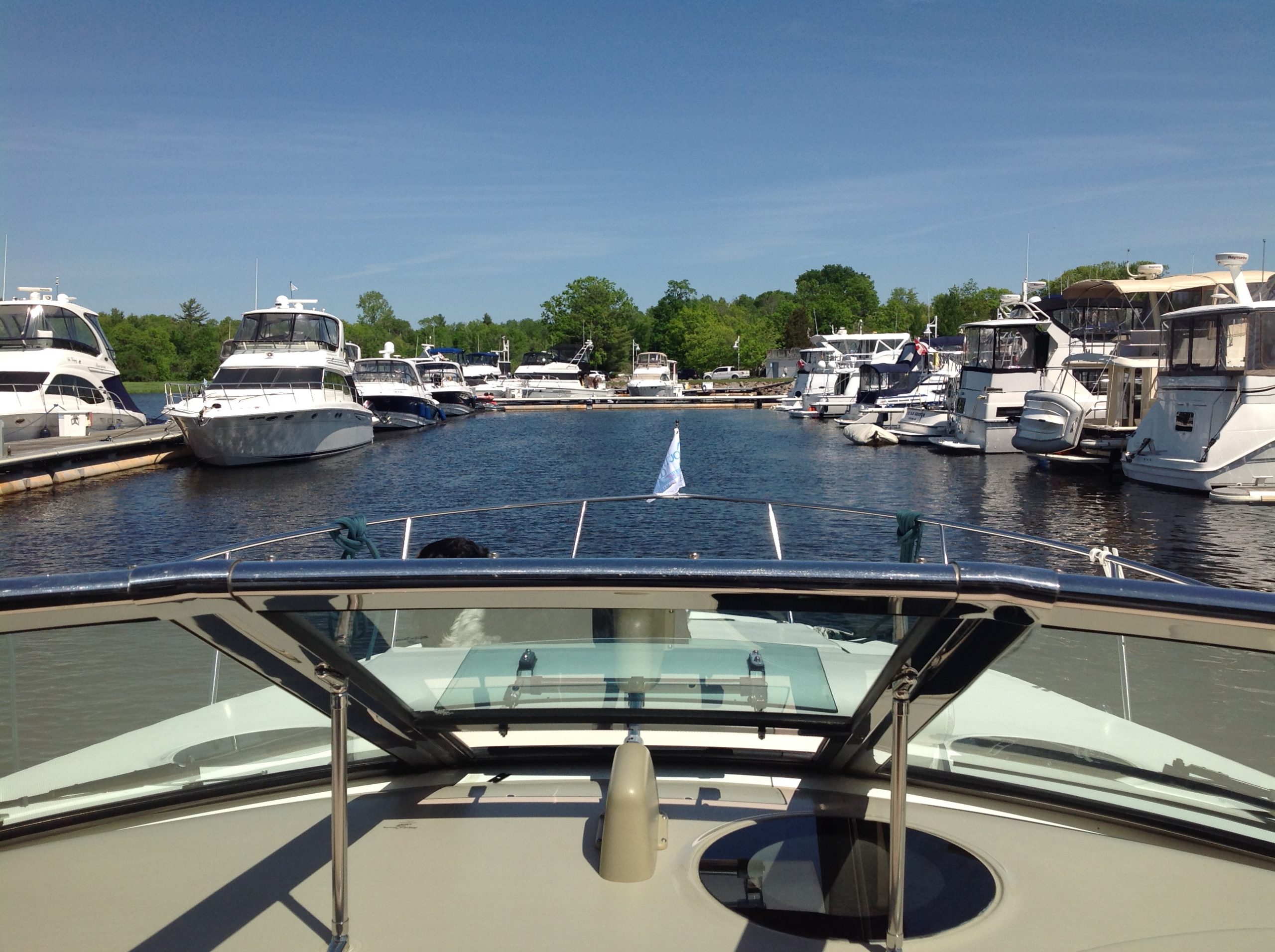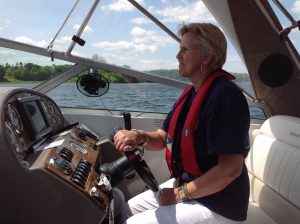Keep these five tips in mind as you approach the dock
 Question: What’s on your mind as you approach your dock?
Question: What’s on your mind as you approach your dock?
If you have a docking plan, you are likely thinking about your speed, position, distance off and when to begin that turn in. I like plans.
A plan is an orderly step-by-step conception for accomplishing an objective. Some of you may simply have a plan to not break anything or anybody and if your neighbour is there to grab lines then your loose plan has come together nicely.
Having someone to grab your lines is certainly helpful, but in some instances, they are docking your boat rather than you. I’ve always emphasized to students the importance of developing boat-handling skills to be more independent on the water. A capable skipper is a safe skipper and a pleasure to watch.
To help you plan for the upcoming 2019 boating season, here are my “Top five Steps to Improve Your Docking”
Step 1: Boat and Crew preparation
You should be prepping lines, fenders and crew well before you arrive at your slip so that you can focus on the helm. Most marinas have somewhere to safely stand-off while you prepare the boat and crew prior to making your way to your slip. Take one moment to explain your docking plan to the crew and stick to it. In other words, plan your docking and dock your plan.
Step 2: Wind
There are “Positive Winds” that help you to the dock and “Negative Winds” that blow you away from it. I can’t emphasize this enough: start checking the visual signs for what the wind is doing as you make your way to your slip. Flags and ripples on the water can help you determine the wind’s direction and strength. My number one rule about wind is to determine if it will blow the boat off the dock as I’m coming along side. If so, I may be altering my docking plan by adding extra fenders or adding a spring line to my docking plan.
Step 3: Fairway Markers
If you travel down a fairway to get to your dock, it can help to have visual reminders as to when to slow down, etc. As you get close to your slip, take note of a particular dock or other fixed object to mark where you will shift to neutral to shake off speed. Maybe it’s the third dock before yours, or a piling a few boat lengths back. Other fixed markers can be used to guide you in such as a dock cleat or shore-power pedestal. I regularly use these made-up markers when assisting a student to develop a docking plan. It tends to help them get into the correct position on a more consistent basis.
Step 4: 360 Degree Situational Awareness
Maneuvering in close quarters requires awareness of what’s happening all around you. I see it all the time where a student becomes focused on the bow and unaware of what’s happening astern or abeam of them. Look around and know what your boat is doing at all times, especially in regard to whether it stopped as you thought or is still drifting.
Step 5: Communication
Docking brings out the screamer in some skippers and (among other things) is typically a sign of being unprepared. You rely on crew to help but undermine the process if you haven’t taken the time to explain things. Handling lines and fenders is a guessing game until shown how and this only takes a few minutes and should be covered before you leave the dock.
If you need someone on board to provide information during the docking such as distances off, make sure to keep it simple. My favourite crew directive is to have someone tell me distances off in increments of 1 foot, “Three feet, two feet, full stop”. Simple, helpful, elegant!
2019 Boating Season Prep
So, kick off the 2019 boating season by developing your own dock plan and be sure to run it by your crew. And as always, never hesitate to contact a professional boating instructor for assistance!
By Craig Hamilton
Capt. Craig Hamilton is a Master Instructor at BoaterSkills.ca.
You can reach him by email at craig@boaterskills.ca


 Question: What’s on your mind as you approach your dock?
Question: What’s on your mind as you approach your dock?